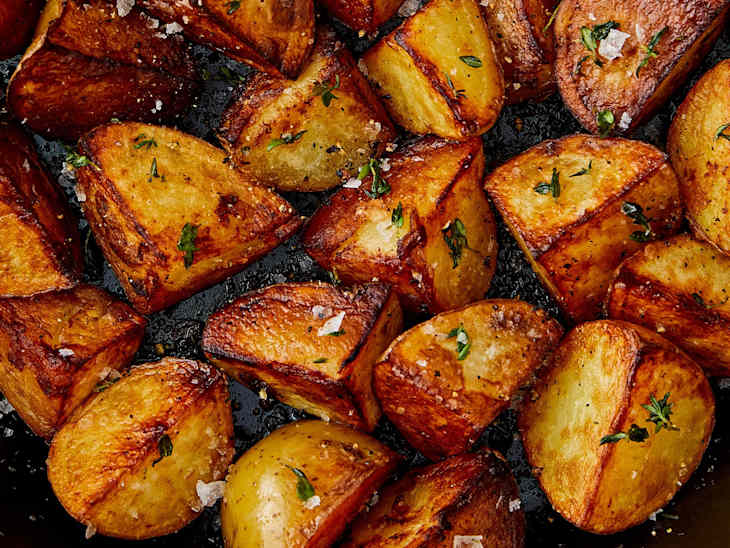

Growing up, I took two (or three) servings of vegetables at every home-cooked dinner. I couldn’t get enough: As a practicing Hindu vegetarian, the kitchen was filled with the aromas of different masalas simmering away. The presence of a freshly sautéed, vibrant vegetable was always met with enthusiasm.
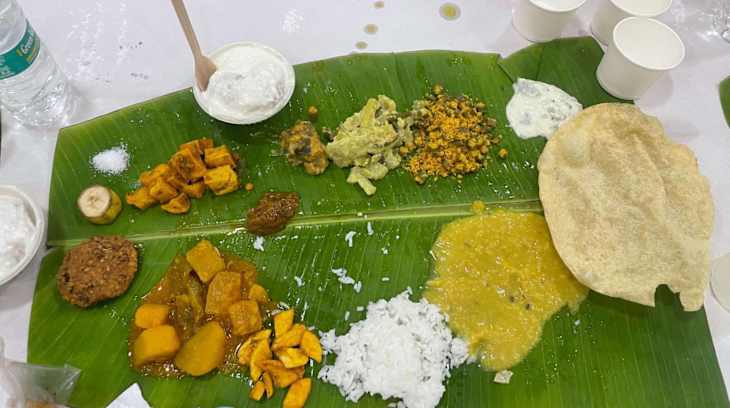
My South Asian immigrant parents didn’t feed me sandwiches, salads, pasta, nachos — no, no, no, those come later once I entered middle school and realized my social survival in the U.S. public school system was dependent on bringing lunches that didn’t make 13-year-olds run away from me, noses wrinkled and faces scrunched. In high school, I scoured menus for vegetarian dishes that were as exciting as the ones made by my Tamil mother and grandmother. Let’s just say, it was challenging.
I had a few ingredients to thank: salt, of course, which I use liberally; black mustard seeds, split urad dal, and curry leaves, all of which are sautéed together, sometimes with a sprinkling of shredded coconut, to bring the vegetable dishes together. Mostly I had to tip my hat to sambar powder — the “secret spice powder,” ground to perfection by my grandmother, which gives karamathu, or South Indian-style stir-fried vegetables, their signature aroma, taste, and bite.
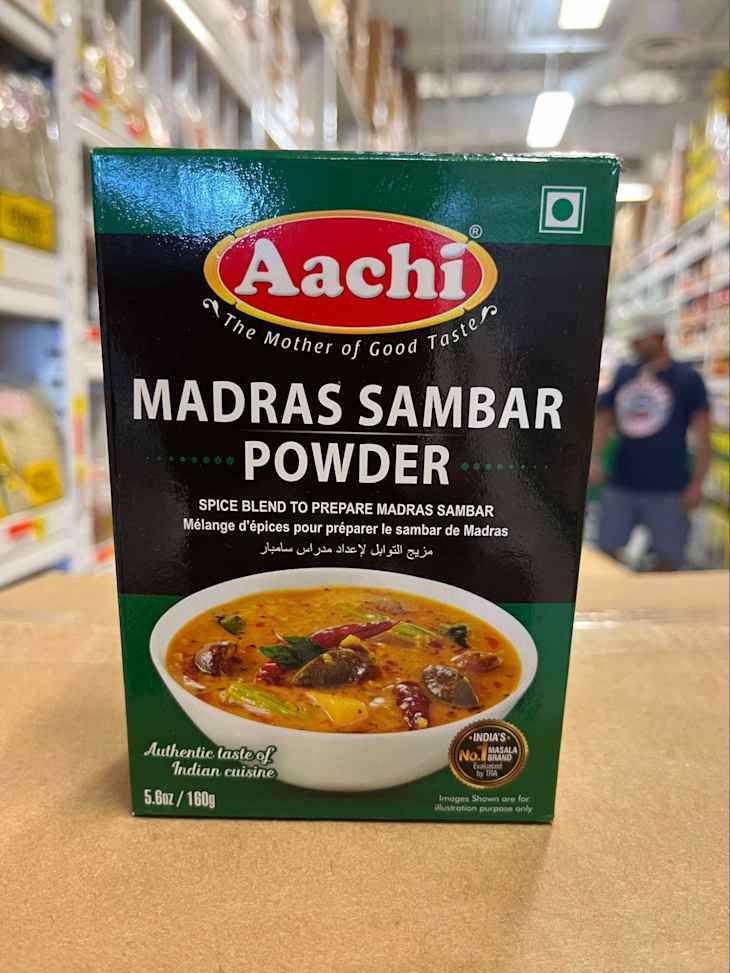
What’s So Great About Aachi Sambar Powder?
When ground at home, sambar powder consists of the following: channa dal, a large amount of coriander seed, red chili, fenugreek, and turmeric (either ground root or powder).
Now, of course, it’s easy to get your hands on when you live in a multigenerational South Indian family, less so when I ventured off to Chennai, India, and craved a piece of home. Luckily, my mom had a store-bought tip for me. Sure, I may not be able to replicate the homemade version with all the frills, but with a pinch of readily available sambar powder, some salt, and a diced or julienned vegetable of choice, karamathu would be mine.
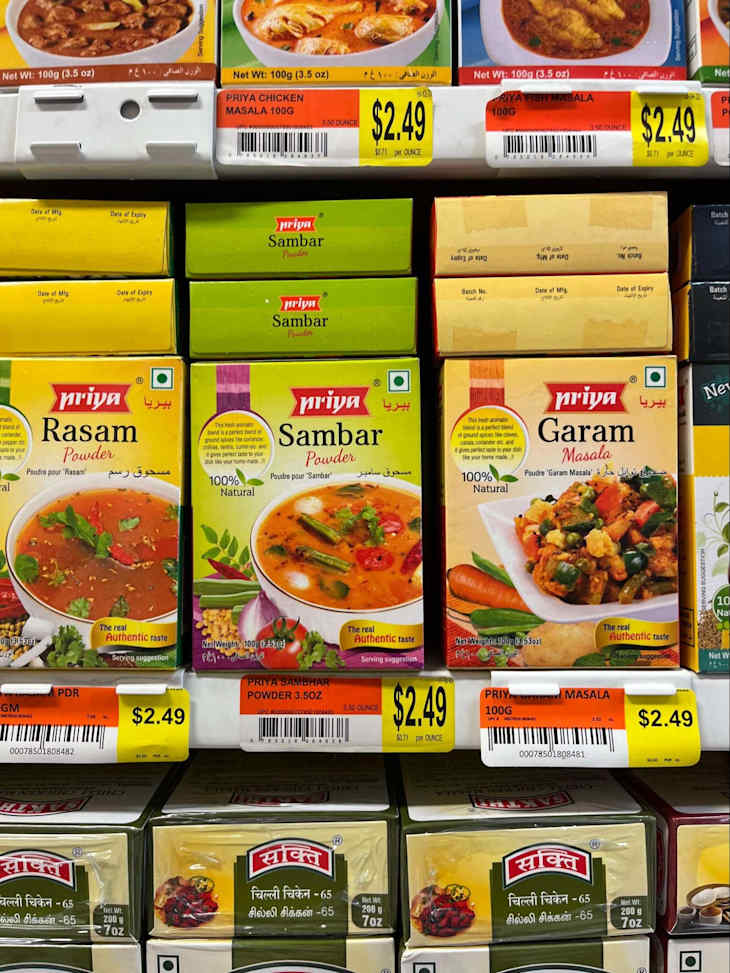
There are multiple brands on shelves that’ll do the trick, too, and you can’t really go wrong with any of them. I’d personally recommend trying Aachi, MTR, or Priya. These are great for using as a karamathu hack, or trying your hand at your very own sambar. (The recipe is sometimes provided on the back of the packaging, depending on which one you purchase.)
What’s the Best Way to Enjoy Aachi Sambar Powder?
To use sambar powder to make an in-home karamathu or kari, sauté your veggie of choice in vegetable oil, adequate salt (remember, veggies will drink it up!) and a spoonful of sambar masala. Make sure to really let them roast in your sauté pan a bit for that crunchy texture. If you’d like a little something to add richness, slight sweetness, or to turn it into a Kerala-style poriyal, simply toss in a few spoons of shredded coconut (make sure it’s unsweetened).
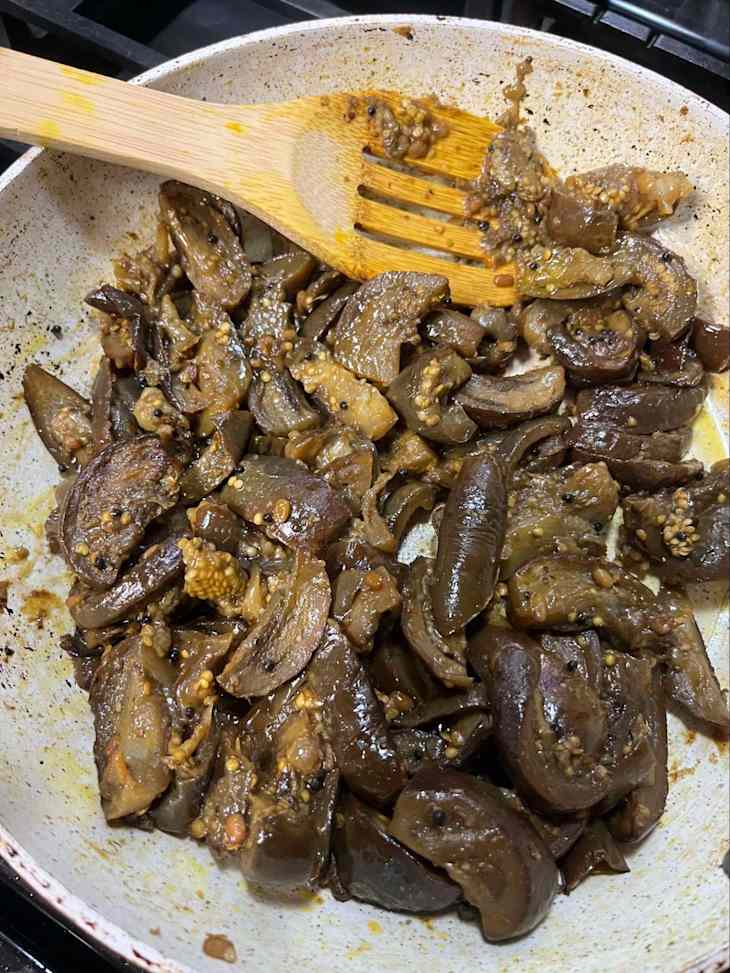
While we often used vegetables native to India, like okra, pole beans, Indian eggplant, or chayote squash, this trick works for practically any vegetable, and something like potatoes are a great place to start.
Of course, the cherry on top is a tadka of kadugu (black mustard seeds), ultham paruppu (split urad dal), and karuveppilai (curry leaves), that you sauté in a separate small wok-style skillet with a few heaping tablespoons of vegetable or sesame oil. This goes a little further than my mom’s tip, but gives the veggie an added nutty depth.
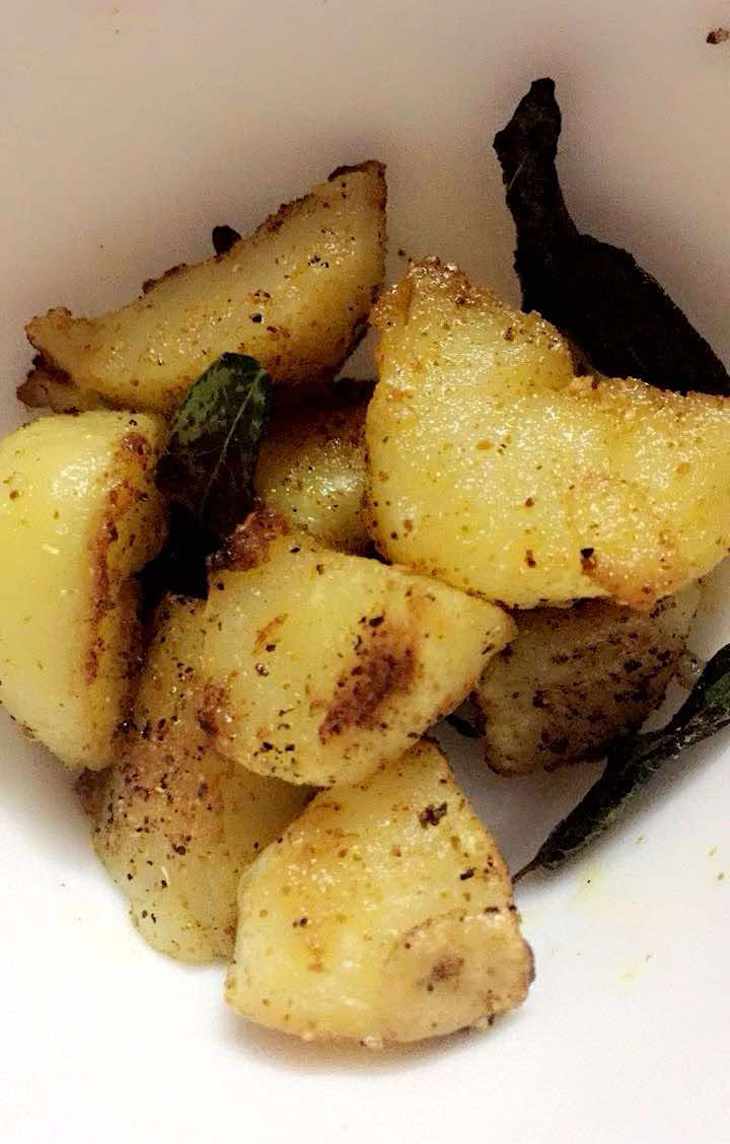
When I’ve been on my own, looking for a quick snack or side accompaniment to a bowl of steaming hot rice, topped with ghee, or a few warm rotis, and craving vegetables, I’ve relied on a simple combination of sambar powder and a simple sauté curry leaves, letting the curry leaves crisp up like fried sage. Try this two-ingredient seasoning once, and you’ll never view a vegetable the same way.
Find it in stores: Aachi Sambar Powder, $1.99 for 3.5 ounces at Patel Brothers
What’s your secret to the best-ever vegetable dishes? Tell us about it in the comments below.
The Weekly Checkout
Sign up for The Weekly Checkout to get the most up-to-date grocery news, tips, and highlights.